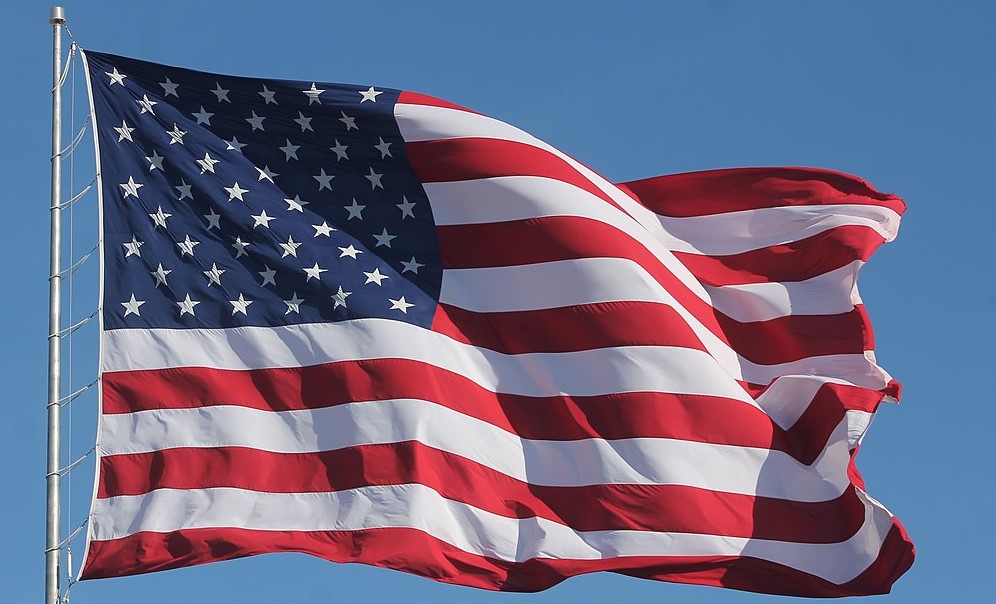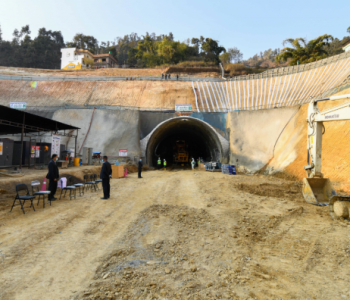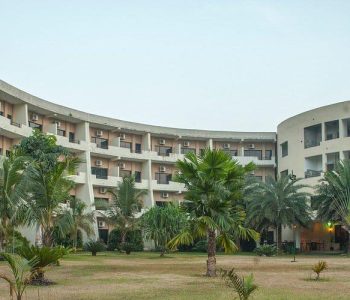United States eases immigration rules for ‘aged-out’ children

KATHMANDU: The United States has made a significant change in the immigration rules of calculating a noncitizen’s age in certain situations under the Child Status Protection Act (CSPA).
The Biden administration announced a policy manual update – a move seen as a small but important step in addressing the woes of the aged-out children, a large number of whom are Nepali, who came to the US legally with their parents.
For a child to obtain lawful permanent resident status in the United States based on their parent’s approved petition for a family-sponsored or employment-based visa, the child generally must be under the age of 21.
If the child turns 21 and “ages out” during the immigration process, the child generally is no longer eligible to immigrate with the parent based on the parent’s petition.
Under this new guidance, the U.S. Citizenship and Immigration Services (USCIS) will now use the Dates for Filing chart to calculate these noncitizens’ ages for CSPA purposes, which provides these noncitizens with more certainty about their eligibility to adjust their status.
The Department of State’s Visa Bulletin is used to determine when a visa number becomes available. The Visa Bulletin has two charts – the Dates for Filing chart and the Final Action Date chart.
Under the previous CSPA guidance, USCIS considered a visa available for purposes of the CSPA age calculation based only on the Final Action Date chart, even if a noncitizen could apply for adjustment of status using the earlier date in the “Dates for Filing” chart.
For applications already denied…
Immigrants can file a motion to reopen their previously denied adjustment of status application with USCIS by using Form I-290B, Notice of Appeal or Motion.
For example, between October and December 2020, certain noncitizens were permitted to file their adjustment of status applications under the Dates for Filing chart of the Visa Bulletin.
However, the Final Action Date chart never advanced sufficiently for their applications to be approved. These noncitizens filed their adjustment of status applications with the requisite fee without knowing whether the CSPA would benefit them.
These applicants must file motions to reopen within 30 days of the decision. For a motion filed more than 30 days after the denial, USCIS may, in its discretion, excuse the untimely filing of the motion if the noncitizen demonstrates that the delay was reasonable and was beyond the applicant’s control.
The new update will not prevent all children from aging out before an immigrant visa is available to them, nor will it prevent children from losing nonimmigrant status derived from their parents upon reaching the actual age of 21, the USCIS said in a press release.
The wait list
As per the official record, in April 2020, there were an estimated 253,293 children waiting to obtain permanent residency based on their parents’ employment-based immigrant visa petitions and at risk of aging out.
Without a legal status to remain in the United States, children who age out must attempt to transition to a new temporary status (such as a student visa classification), self-deport, or become undocumented and risk being subjected to enforcement action.
Those who manage to obtain temporary status often find themselves without any path to permanent status unless they can graduate college, qualify for temporary employment (such as being sponsored for an H-1B visa) and then be sponsored for an immigrant visa and re-enter the Green Card queue from the back of the line.
The H-1B visa is a non-immigrant visa that allows US companies to employ foreign workers in speciality occupations that require theoretical or technical expertise. Technology companies depend on it to hire tens of thousands of employees each year from countries like India and China. With agency input













Facebook Comment